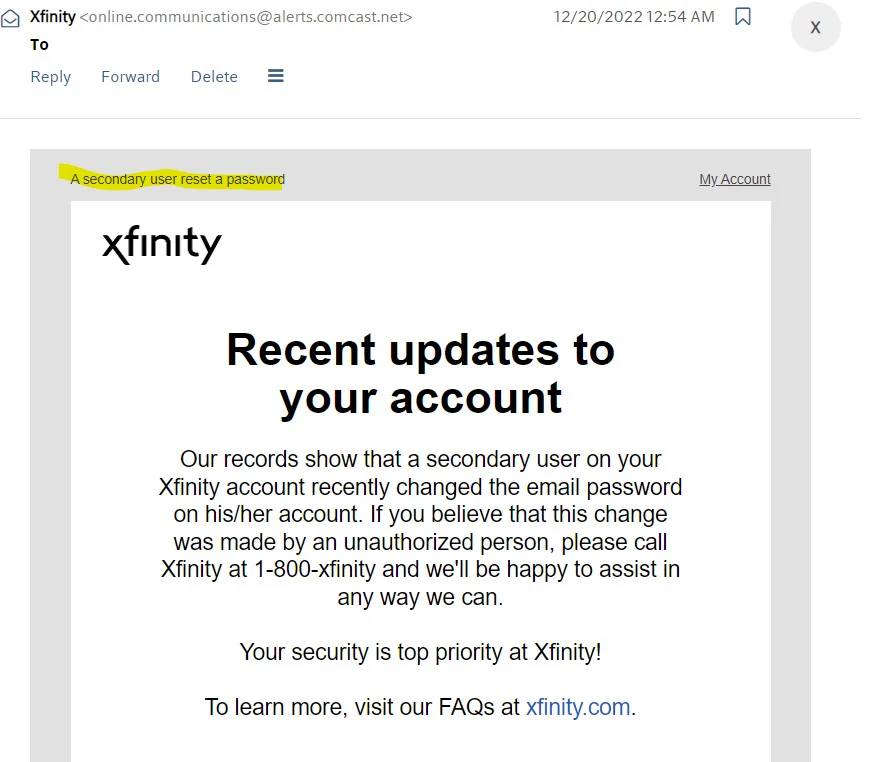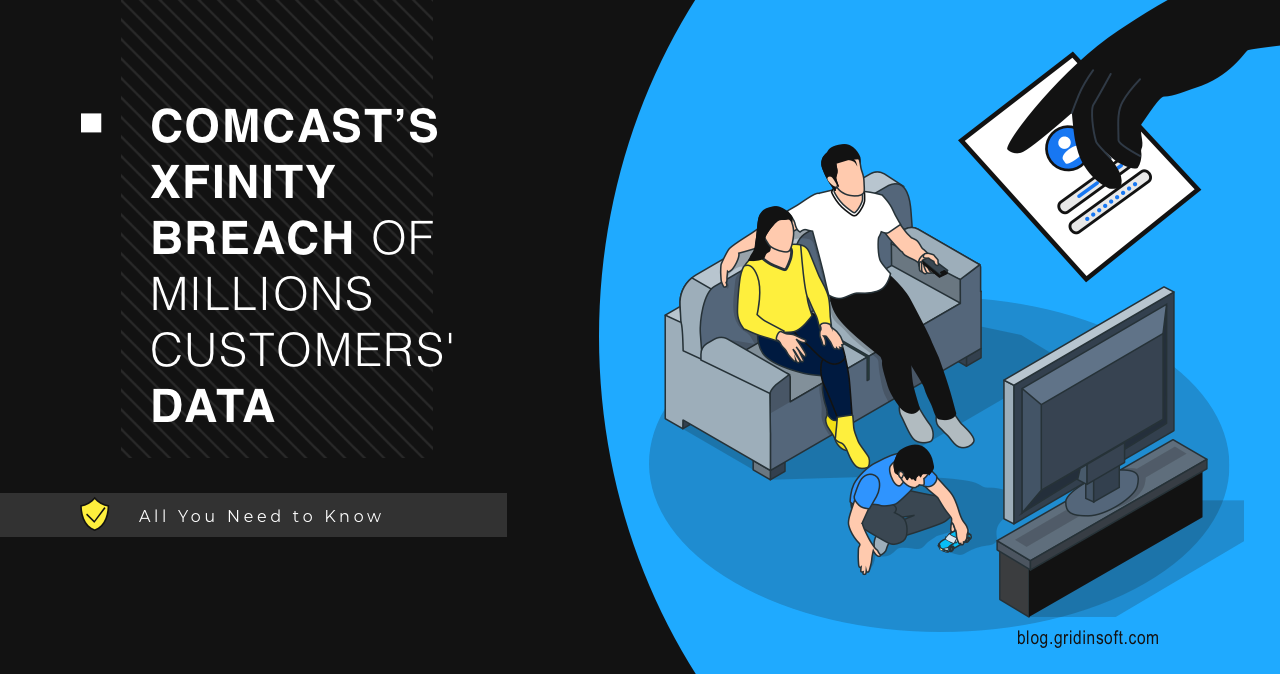Comcast confirms a massive security breach impacting its Xfinity division. Nearly 36 million customers of the world’s largest telecom provider were exposed as the result of CitrixBleed exploitation.
The Breach details and impact on customers
The CitrixBleed vulnerability, which resides in widely used Citrix networking devices, has been under mass-exploitation by hackers since at least late August. Despite Citrix releasing patches in early October, many organizations, including Comcast, did not apply them in time. This oversight led to unauthorized access to Comcast’s internal systems between October 16th and 19th, though the company only detected the activity on October 25th. The damage is mainly concentrated within Xfinity, one of the biggest co’s divisions.
By November 16th, Xfinity, confirmed that customer data had likely been acquired by hackers. Also, this data includes usernames, hashed passwords, names, contact information, dates of birth, partial Social Security numbers, and answers to secret questions. Comcast’s data analysis is ongoing, and further disclosures of compromised data types may emerge.

The breach’s scale is monumental. Comcast’s filing with Maine’s attorney general revealed that almost 35.8 million customers are affected. Considering Comcast’s over 32 million broadband customers, the breach potentially impacts most, if not all, Xfinity customers.
What is CitrixBleed Vulnerability?
CitrixBleed is a critical-rated security flaw, targeting Citrix devices favored by large corporations. Hackers leveraging this vulnerability have targeted notable entities, including Boeing and the Industrial and Commercial Bank of China. As Citrix products are widely used, the sole fact of such vulnerability existence is critical.
The CitrixBleed vulnerability allows hackers to leverage improper input validation to bypass security controls. This results into gaining unauthorized access to internal systems. Nevertheless, the vulnerability allows attackers to inject malicious code or commands, potentially leading to malware injection.
As of now, it is unclear whether Xfinity received a ransom demand or how the incident affected the company’s operations. Also uncertain is whether the incident has been filed with the U.S. Securities and Exchange Commission under the new data breach reporting rules. Comcast’s response has been tight-lipped regarding these aspects.
Avoiding of data loss
Customers affected by the breach should take immediate steps to secure their personal information. Also, his includes monitoring credit reports, being vigilant for phishing attempts, and ensuring all online accounts are secured with strong, unique passwords and, where available, multi-factor authentication.
It’s crucial to read about cybersecurity threats and safe practices, as human error often leads to security breaches. Implementing strong access controls and network segmentation can limit the extent of a breach if one occurs. Additionally, regular backups and encrypted data storage are essential to recover from data loss incidents.





